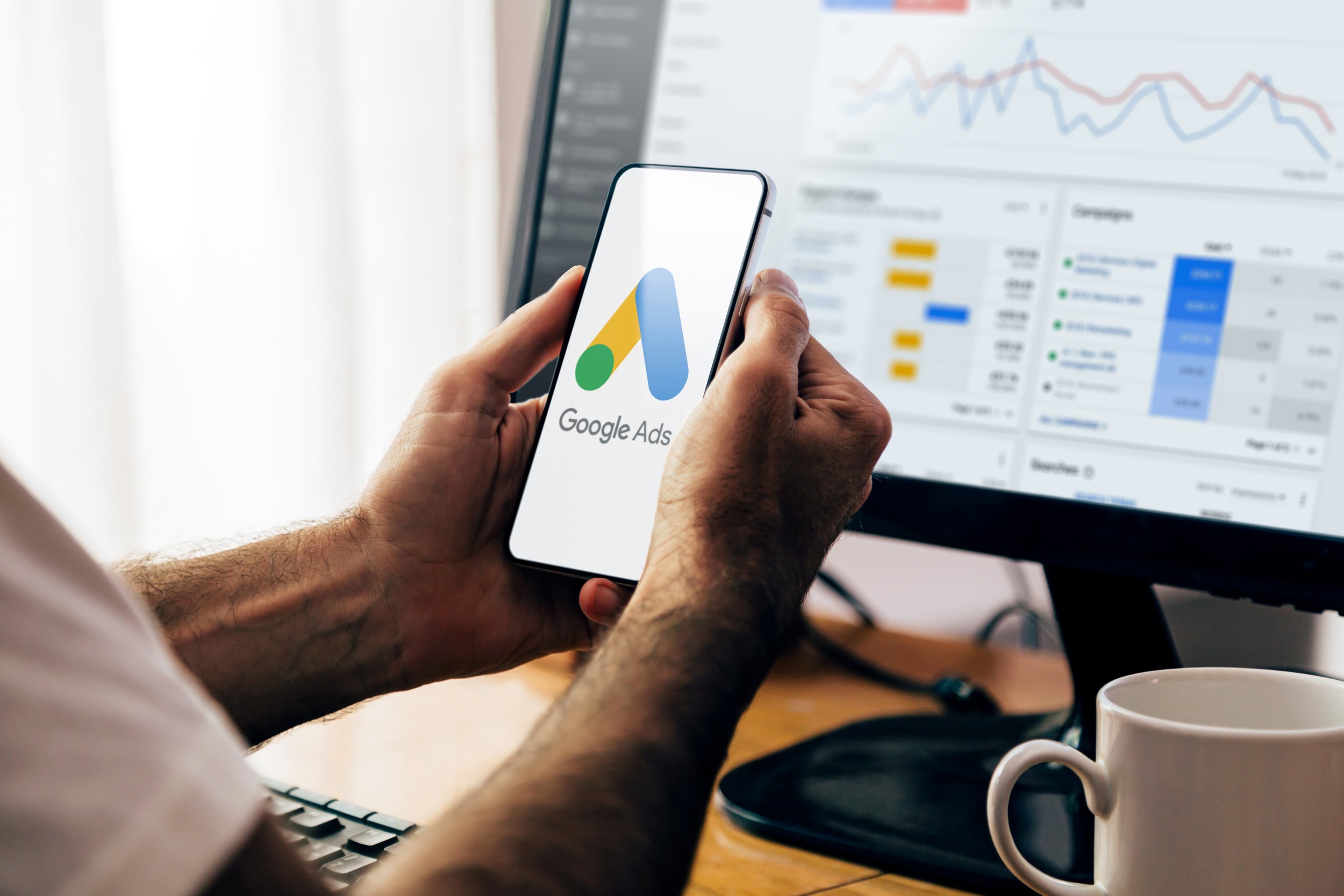Primary vs Secondary Conversions in Google Ads: What They Are, Why They Matter, and How to Use Them

If you're running Google Ads but don’t understand how conversions work—or which ones Google is optimizing for—your results are probably worse than they should be. Here’s how conversion actions actually work, and why “primary” vs “secondary” isn’t just a setting... it’s strategy.
Most businesses track conversions. Few track them correctly.
Written by Kade Deeyor
I’ve worked inside Google and with dozens of local businesses trying to make their ad spend pay off. And again and again, I’ve seen accounts that *look* like they’re working—but they’re optimized for the wrong actions.
If you don’t know what Google considers a conversion, how it’s counted, or what happens behind the scenes, you're making decisions with bad data. This post breaks it all down—from what a conversion even is, to how to separate primary and secondary goals the right way.
First: What Is a Conversion in Google Ads?
A conversion is any action a user takes after clicking your ad that you’ve told Google is valuable. That could be a phone call, form submission, online purchase, or even viewing a key page on your site.
You define what counts as a “conversion” by setting up conversion actions in your account. These are tracked using tags (snippets of code), Google Analytics 4, or Google Tag Manager. Every time a user completes one of these actions, it’s logged back into your account—and either used to optimize future ad delivery or simply reported for context.
Why It Matters: Not All Conversions Are Equal
Here’s where people get confused: You can track lots of actions... but not all of them should influence how Google delivers your ads. If you track 10 different things—calls, page views, scrolls, form submissions—how does Google know which one matters most?
That’s why Google separates conversion actions into two categories:

Primary Conversions: What Google Optimizes For
Primary conversions are the actions that Google uses to measure success and drive its automated bidding strategies. When you choose to “optimize for conversions,” *this* is what Google is trying to get more of.
If you mark something as primary, you’re telling Google: “Spend my budget in ways that produce more of this.” That means you need to be strategic about what you choose.
- Best for: High-intent actions tied to revenue—like calls, quote forms, purchases, or appointment bookings.
- Avoid marking as primary: Button clicks, time on site, or page views. These are signals—not outcomes.
Why it matters: If you accidentally tell Google to optimize for a weak signal (like someone clicking a button), it will find people who do that... even if they never convert into customers. You’ll get “cheap conversions” that don’t make money.
Secondary Conversions: Useful, But Not Optimized For
Secondary conversions are tracked in your account but not used to influence bidding. They’re for context only. You can still report on them in your dashboard, but Google ignores them when deciding who sees your ad.
- Best for: Newsletter signups, blog views, content downloads, or scroll tracking.
- Also useful for: Diagnosing funnel performance—like where users drop off after clicking your ad.
Secondary conversions are not “less important”—they just don’t drive bidding. They can still help you make strategic decisions about site performance or future campaign structure.
How Google Uses Conversion Actions to Train Its AI (and Why It Matters)
Google Ads isn’t just showing your ads randomly. Behind the scenes, it’s using machine learning to figure out who is most likely to take the action you’ve marked as important—your primary conversion.
Every time someone clicks your ad and completes a conversion, Google learns something. It analyzes:
- What time of day the person clicked
- What keywords they searched
- What device they used
- What audience group they belong to
- What webpage they landed on
Over time, it starts showing your ads more often to people who look like that user—same behavior, same profile, same intent. That’s how Google’s AI optimizes: it finds patterns in who’s converting, then goes after more of those people automatically.
The Risk: Optimizing for the Wrong Outcome
This is where things can go wrong. If you mark the wrong action as your primary conversion—like a page view, a button click, or even a “time on site” event—you’re telling Google, “Give me more of these.”
So it will. But instead of sending you people who book appointments or call your business, it might start sending people who just browse, just read, or just click a button and leave. Your cost per conversion might look good—but your sales won’t.
Google can only optimize based on the signals you give it. Garbage in, garbage out. That’s why picking the right primary conversion action isn’t just about reporting—it’s about training the system to chase the right behavior.
How to Set Up Conversion Actions (Properly)
- Define your real goal: What's the one action that leads to revenue? That becomes your primary conversion.
- Set up conversion tracking: Use Google Tag Manager, GA4, or the native Google Ads tag. Install it on the thank-you page or trigger it after form submission.
- Mark your goal as primary: When adding the conversion action, select “Primary action for bidding.” Leave others as secondary.
- Test the tag: Use Google’s Tag Assistant or GA4 real-time view to confirm it’s firing correctly.
Once installed, let the campaign run and monitor performance. Don’t panic if you don’t see conversions instantly—some actions take days or weeks to accumulate volume, especially with local services.
Final Takeaway: Think Strategically, Not Just Technically
Too many businesses treat conversions as a technical checkbox. But they’re strategic. What you tell Google to optimize for *defines how your ads run* and who sees them. Track everything that matters—but only tell Google to chase the one action that drives your business forward.

Need Help Cleaning Up Your Conversion Tracking?
We’ll audit your account for free and show you exactly which actions should be tracked, prioritized, and optimized. The first month is on us—and we only win when you do.
Book My Audit
